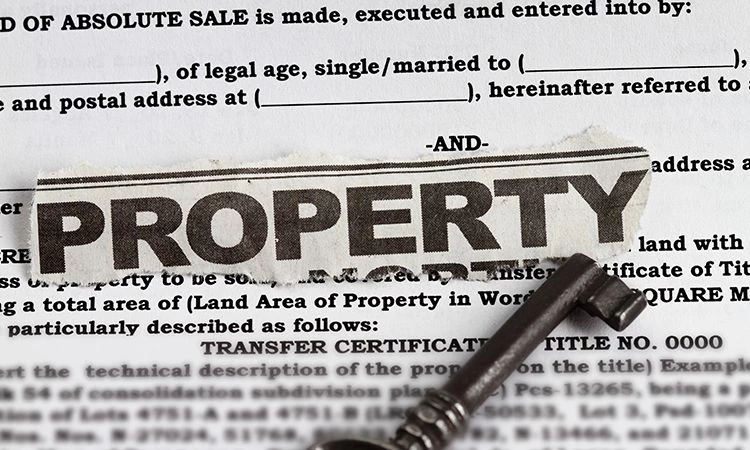How to Ensure That the Transfer Certificate of Title Is Clean
October 15, 2023

Welcome to October! This month at Suntrust, we're discussing the intricacies of the Transfer Certificate of Title (TCT) with a two-part series that will guide you through the essential steps and considerations for ensuring that your property's title is clean and legally sound. A clean TCT is your assurance of a seamless property transaction in the Philippines, whether you're buying, selling, or transferring property.
In this comprehensive guide, we'll walk you through the essential steps to make sure your property title is as clean as a whistle.
Understanding the Importance of a Clean TCT
Before diving into the steps, let's emphasize why a clean TCT is crucial. Your property's title is your legal proof of ownership. Without a clean title, you might encounter difficulties when selling your property, using it as collateral for a loan, or passing it on to your heirs. To safeguard your investment and ensure a smooth property transaction, a clean TCT is non-negotiable.
Step 1: Research and Due Diligence
As with everything, the journey to a clean TCT starts with thorough research. Begin by investigating the property's history. Check if there are any known issues with the title, such as disputes, unpaid taxes, or pending lawsuits. You can inquire with local authorities, consult public records, or seek the assistance of a real estate attorney. This initial step will help you uncover any potential red flags.
Step 2: Seek Professional Opinions
While your research is essential, it's also wise to seek professional opinions. A real estate broker or lawyer with expertise in Philippine property transactions can provide valuable insights. They can review the TCT and alert you to any potential risks or complications. Their experience can be a valuable asset in ensuring your TCT is clean and legally sound.
Step 3: Request Assurances from the Seller
If you're still concerned about the cleanliness of the TCT after conducting your own research and consulting professionals, consider requesting assurances from the seller. Ask them to provide written documentation that affirms the title's cleanliness and freedom from encumbrances. Having this in writing can offer an additional layer of protection.
Step 4: Check the Registry of Deeds
To verify the cleanliness of the TCT, you can perform a search at the Land Registration Authority's (LRA) website. This search will reveal any outstanding liens, encumbrances, or other issues associated with the property. It's a critical step in ensuring the TCT's cleanliness before proceeding with the transaction.
Step 5: Secure a Clearance Certificate
If you're the buyer, obtaining a clearance certificate is vital. This document proves that all real estate taxes associated with the property have been paid up to date. The clearance certificate must be issued by the city or municipality where the property is located. It should be dated within six months of the sale date to be considered valid.
Step 6: Property Appraisal and Transfer Tax
For sellers, ensuring a clean TCT involves several additional steps. First, you should obtain a certification from the city or municipality confirming that there are no unpaid real estate taxes. Next, have the property appraised by the Bureau of Internal Revenue (BIR). You may engage a Real Estate Appraiser for this task. After the appraisal, pay the transfer tax, which is typically calculated based on the property's value.
Step 7: Transfer of TCT
Once the preliminary steps are completed, it's time to have the TCT issued in the new owner's name. This is done at the Registry of Deeds where the property is located. Ensure that you bring all the required documents, including the certification from the city or municipality, the BIR appraisal, and proof of transfer tax payment.
Step 8: Notarize the Deed of Sale
To formalize the property transfer, both the buyer and seller should sign a deed of sale. This document must be notarized, and all pages should be signed. Any erasures should be countersigned and communicated to both parties.
Share this article




